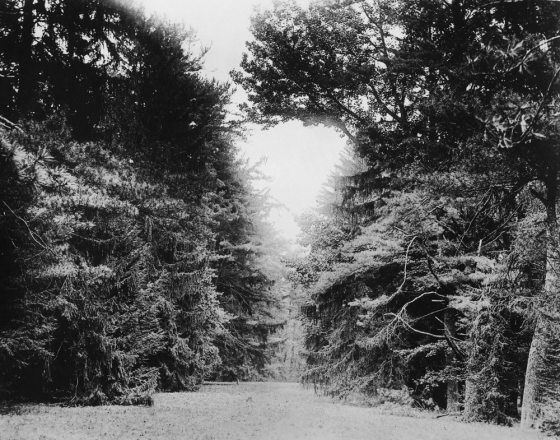There have been many stewards of the land that is now called Longwood Gardens. For thousands of years, the native Lenni Lenape tribe fished the streams, hunted its forests, and planted its fields. Evidence of tribe's existence is found in quartz spear points that have been discovered on and around the property.
In 1700, the course of history changed when a Quaker farmer named George Peirce purchased 402 acres of this English-claimed land from William Penn’s commissioners. Over the next several years, George and his descendants cleared and farmed the rich land, and in 1730 one of George’s sons, Joshua, built the brick farmhouse that, now enlarged, still stands today.
In 1798, George’s twin great-grandsons, Samuel and Joshua, actively pursued an interest in natural history and began planting an arboretum that eventually covered 15 acres. The collection included specimens from up and down the Eastern seaboard and overseas.
As the 19th century rolled into the 20th, the heirs to the land lost interest in property and allowed the arboretum to deteriorate. The property passed through several hands in quick succession until a lumber mill operator was contracted to remove the trees from a 41-acre parcel of land in early 1906. It was this threat that moved one man to take action. By 1850, the arboretum boasted one of the finest collections of trees in the nation and had become a place for the locals to gather outdoors – a new concept that was sweeping America at the time. Family reunions and picnics were held at Peirce's Park in the mid to late 19th century.
In July 1906, 36-year-old Pierre du Pont purchased the farm primarily to preserve the trees. But as we know now, he didn’t stop there. Much of what guests see today – the majesty and magic that is Longwood Gardens – was shaped by the remarkable vision and versatility of Pierre du Pont, one of our nation’s most extraordinary citizens.
